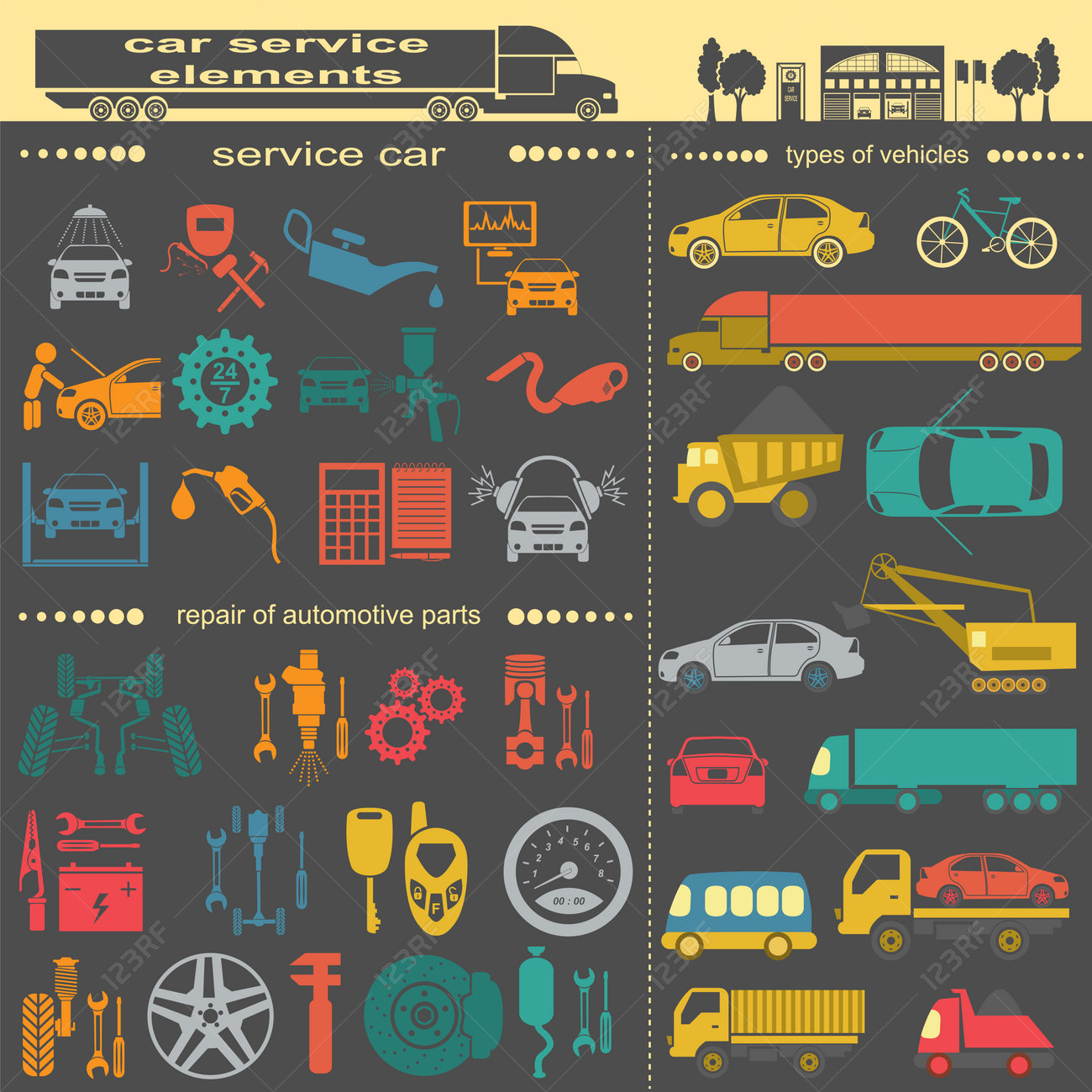Prepare To Explore The Basic Measures For Preserving Your Tires And Securing Your Safety On The Highway
Prepare To Explore The Basic Measures For Preserving Your Tires And Securing Your Safety On The Highway
Blog Article
Content Written By-Termansen Foster
Guaranteeing your tires are in leading condition is greater than just a regular job-- it's a safety crucial for each journey you embark on. From keeping proper air pressure to examining for wear and tear, the health of your tires directly impacts your automobile's efficiency and your well-being on the road. But what are the vital steps to require to maintain your tires in prime shape? Allow's discover the important elements of tire upkeep that you should not neglect.
Conveniences of Regular Tire Maintenance
Normal tire upkeep supplies a series of advantages that can enhance your driving experience and guarantee your safety and security on the road. By maintaining your tires appropriately blew up, you enhance fuel effectiveness, saving you money at the pump.
Well-kept mouse click the following website page give far better grip, decreasing the danger of crashes, especially throughout severe climate. Correctly aligned and balanced tires cause a smoother experience, lessening resonances and improving total vehicle handling.
Frequently turning your tires promotes even walk wear, expanding their life expectancy and saving you from premature substitutes. In addition, preserving the proper tire pressure can avoid blowouts and apartments, minimizing the possibilities of unanticipated malfunctions when traveling.
Tire Assessment Standards
When evaluating your tires, it's important to take notice of various key elements to ensure they're in optimal problem for safe driving. Begin by inspecting the tire stress utilizing a stress scale to ensure it matches the manufacturer's suggested degree.
Evaluate the walk deepness by positioning a penny upside down right into the step grooves; if you can see all of Lincoln's head, it's time for new tires. Seek any signs of irregular wear, which may indicate placement issues or inappropriate inflation.
Check for cuts, bulges, or cracks on the tire sidewalls, as these can lead to blowouts. Additionally, check out the tire valves for damage or leaks. Remember to inspect all four tires, including the extra if relevant.
Proper Tire Rotation Techniques
To ensure even put on and expand the life-span of your tires, it's vital to comply with appropriate tire turning techniques. Normal tire rotation helps distribute wear evenly throughout all 4 tires, promoting longer tread life and boosting overall efficiency. Begin by checking your vehicle's manual for the recommended turning pattern. Commonly, front-wheel-drive, rear-wheel-drive, and all-wheel-drive vehicles have different turning patterns to represent differing wear patterns.
For many cars, the advised tire rotation interval is every 6,000 to 8,000 miles, but this might differ, so it's vital to consult your handbook.
When rotating your tires, switch the front tires with the rear tires, moving the left rear tire to the left front position and vice versa. Remember to also cross rv brake repair to the opposite sides when relocating them to the front. This straightforward yet effective rotation method helps ensure that all tires put on uniformly, maximizing their lifespan and keeping optimum efficiency.
Final thought
Ensure to focus on regular tire maintenance to keep your car running efficiently and securely. By complying with basic assessment standards and appropriate rotation techniques, you can expand the lifespan of your tires, improve fuel efficiency, and enhance total efficiency on the road. Don't neglect the relevance of looking after your tires - it's a tiny effort that can make a large difference in your driving experience.
